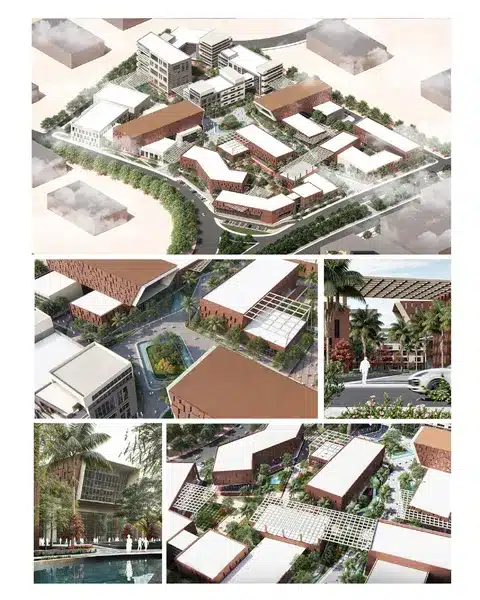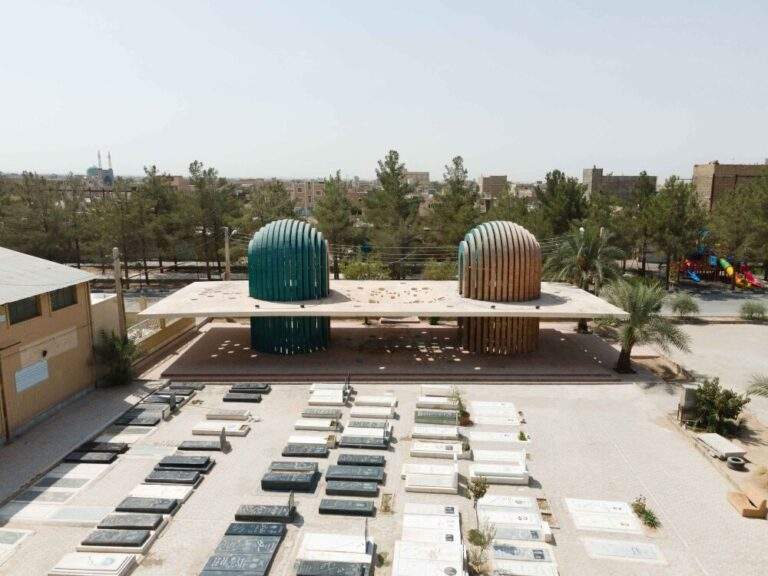In a world increasingly affected by climate change and environmental shifts, it is crucial to find innovative ways to utilize available resources and turn challenges into opportunities. One such solution lies in repurposing abandoned structures and transforming them into functional spaces that benefit society. This article explores how derelict concrete frames, reclaimed by nature, can be creatively reused as gathering spots for observing rising tides and fostering community engagement. We will discuss the concept of adaptive reuse, its environmental and social benefits, practical examples from around the world, and how this approach supports sustainability. Additionally, we’ll address common questions and provide a summary table highlighting key takeaways 2.

Reviving Abandoned Buildings: Challenges and Solutions
Abandoned buildings pose significant environmental and social problems. They occupy vast areas of land, contribute to urban decay, and may become safety hazards or sources of pollution. However, repurposing these structures offers a creative and sustainable solution to these issues. One example of adaptive reuse is transforming these old buildings into community centres or exhibition spaces.
Adaptive reuse refers to the process of converting old buildings for new purposes without demolishing them 6. For instance, an old industrial building can be transformed into a cultural centre or coworking space. This approach is not only cost-effective but also reduces the need for new construction, thereby minimising the carbon footprint.
| Challenges | Proposed Solutions |
|---|---|
| Structural Deterioration | Conduct thorough assessments and rehabilitate |
| High Costs | Provide government incentives and private partnerships |
| Community Resistance | Involve local residents in planning and design |

Architectural Creativity Amid Environmental Changes
Environmental changes, such as rising sea levels and ecological degradation, present significant challenges to communities worldwide. However, these challenges can also inspire creative architectural solutions. For example, some abandoned structures have been repurposed as observation points where people gather to watch the tide rise. These examples of adaptive reuse show how architecture can creatively adapt to environmental changes.
These spaces are not just for reflection but also serve as platforms to raise environmental awareness. As one expert notes, “Repurposing abandoned buildings can strengthen the sense of belonging within local communities” 3. This approach fosters a deeper connection between people and their environment.
Real-World Examples
There are numerous examples worldwide showcasing successful repurposing of abandoned buildings. For instance, in Amman, several old buildings have been converted into cultural and community centres 4. Similarly, in Hebron’s old city, efforts have focused on rehabilitating infrastructure and repurposing abandoned buildings as part of urban renewal initiatives 9.
| City | Practical Application |
|---|---|
| Amman | Old buildings turned into cultural centres |
| Hebron | Rehabilitation of buildings for social use |

Environmental and Economic Benefits
Repurposing abandoned buildings offers a range of environmental and economic advantages. Environmentally, it reduces the consumption of raw materials and minimises waste generated from demolition. Economically, it is more affordable than constructing new buildings and creates job opportunities in restoration and construction.
“Repurposing abandoned buildings can be a sustainable solution to urban housing challenges,” according to a recent study 5. This approach also promotes sustainability and showcases adaptive reuse practices by combining environmental and social improvements.
Frequently Asked Questions (FAQ)
1. What is adaptive reuse?
Adaptive reuse involves converting old buildings for new purposes without demolishing them 6.
2. Is repurposing abandoned buildings expensive?
Initial costs may be high, but they are significantly lower than building new structures, especially with government incentives.
3. How can local communities participate in these projects?
Local communities can contribute ideas and suggestions and engage in cultural and social activities hosted in these spaces.
4. What are the main challenges in repurposing abandoned buildings?
Key challenges include structural deterioration, high costs, and resistance from local communities.

Summary Table
| Heading | Details |
|---|---|
| Adaptive Reuse | Converting old buildings for new purposes |
| Challenges | Structural deterioration, high costs, community resistance |
| Environmental and Economic Benefits | Reducing waste, creating jobs, cutting costs |
| Real-World Examples | Amman (cultural centres), Hebron (urban renewal) |

Conclusion
Repurposing abandoned buildings is an innovative approach that reflects communities’ ability to adapt to environmental and social challenges. Through collaboration between governments and local communities, sustainability through adaptive reuse can be achieved, improving quality of life while preserving the environment.







